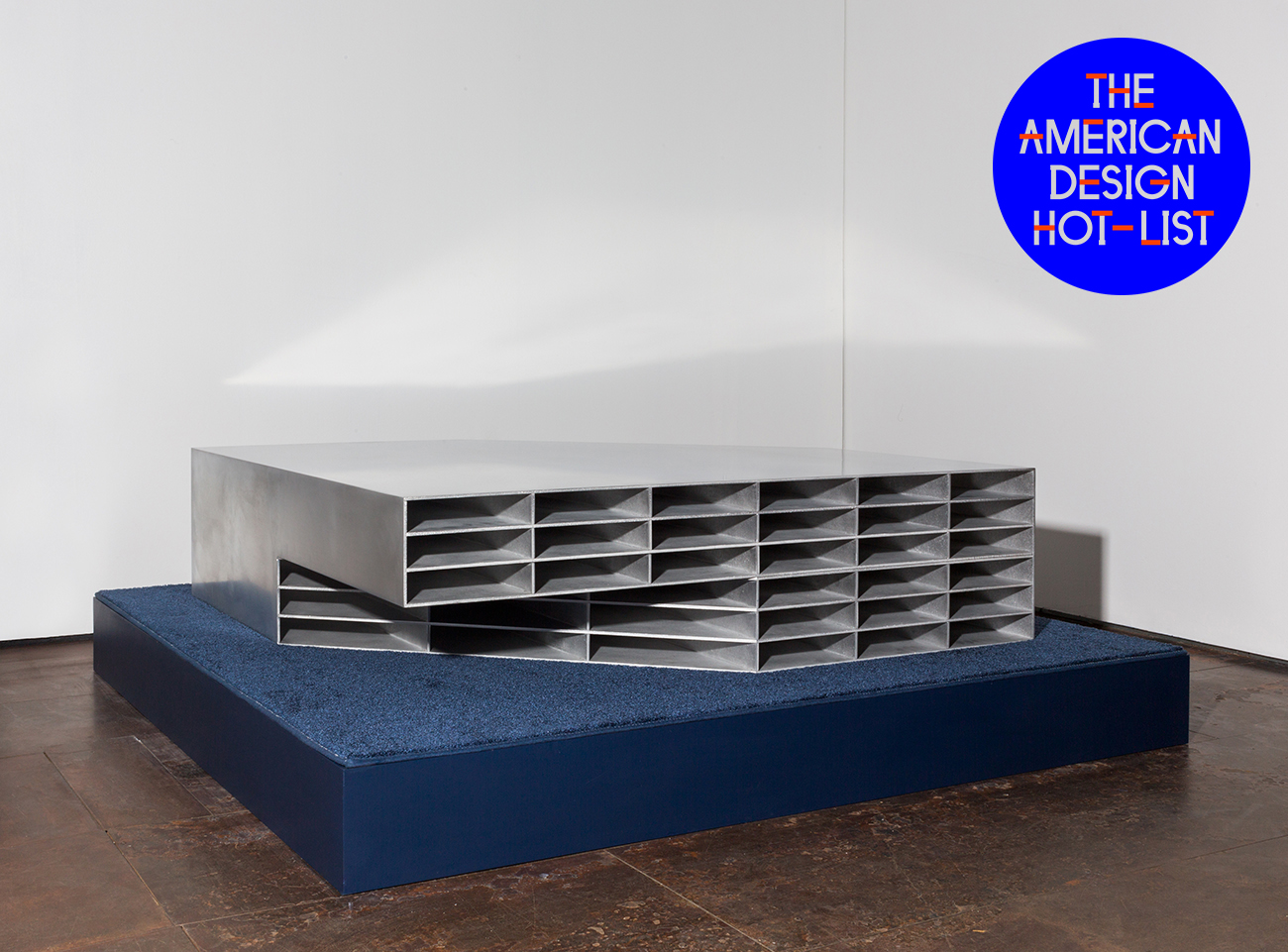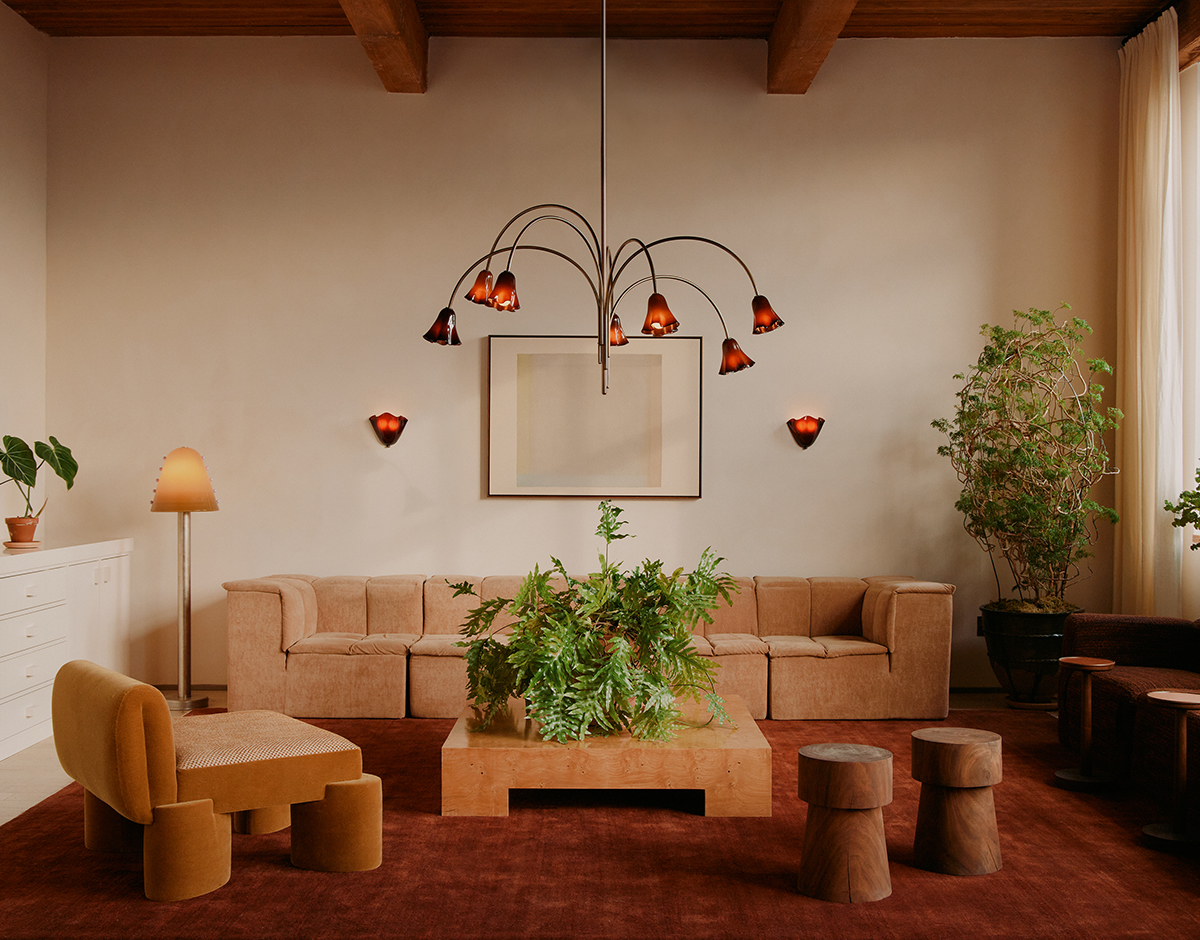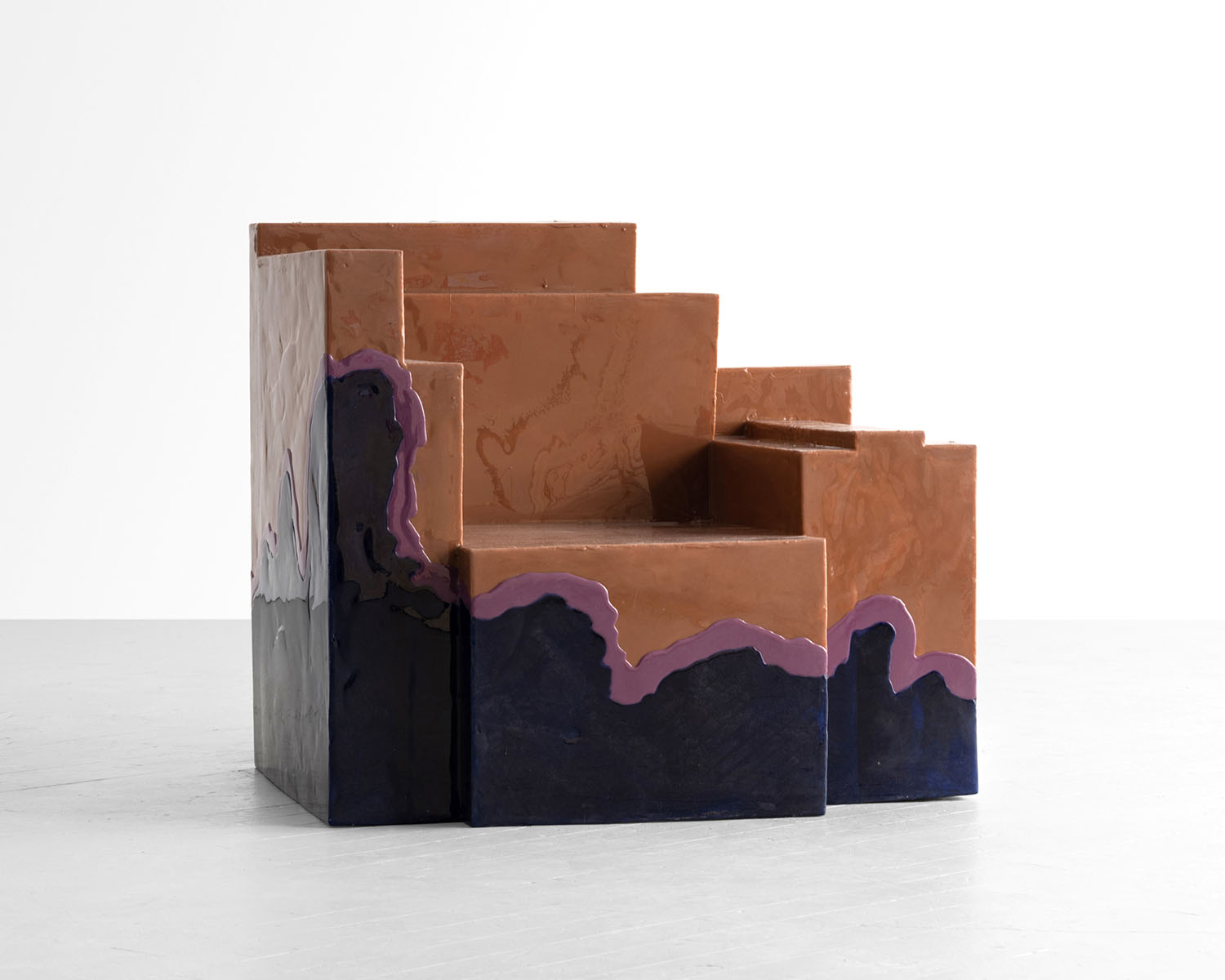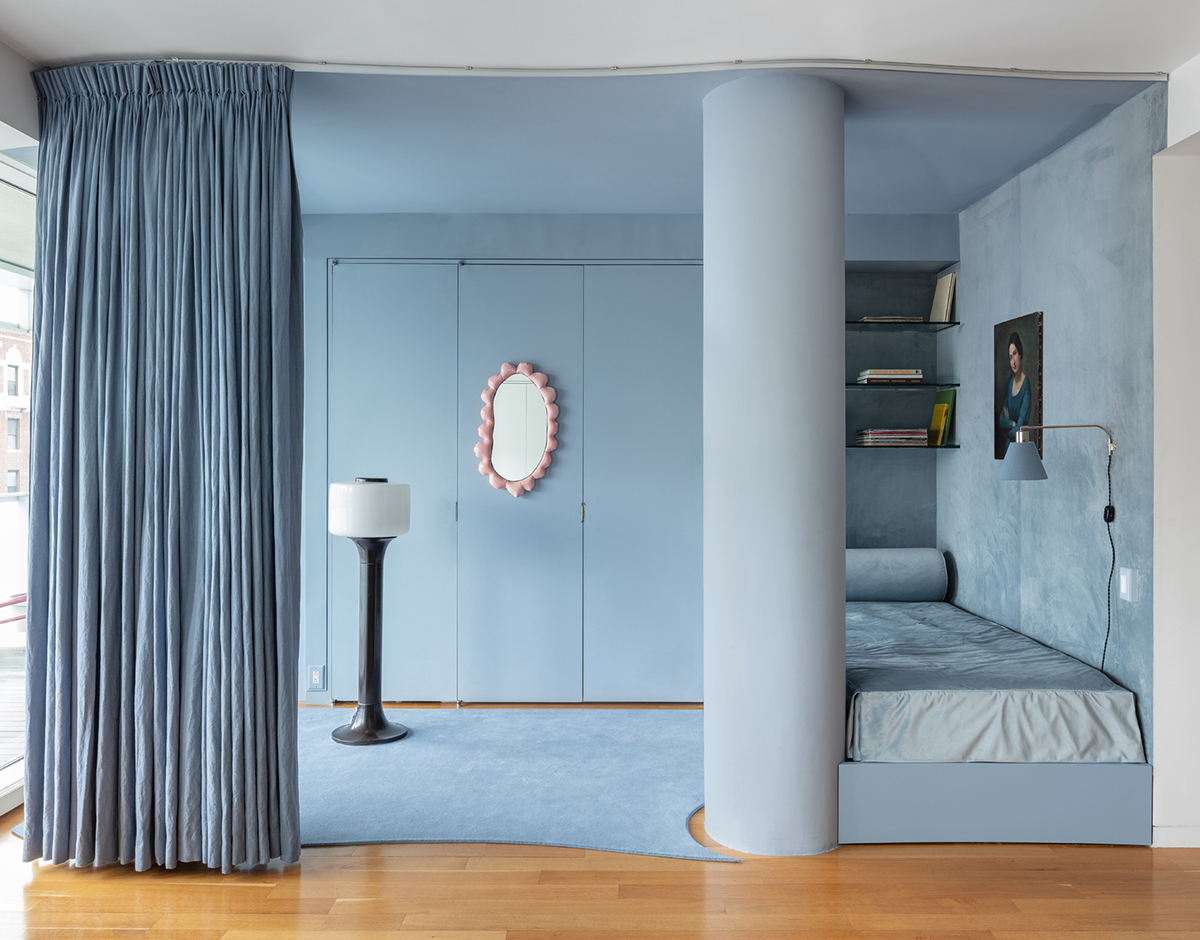
12.11.23
American Design Hot List
The 2023 American Design Hot List, Part I
This week we announced our 11th annual American Design Hot List, Sight Unseen’s editorial award for the names to know now in American design. We’re devoting an entire week to interviews with this year’s honorees — get to know the first group of Hot List designers here (including Charlap Hyman & Herrero, whose baby blue Brooklyn bedroom is pictured above).
Alexis & Ginger
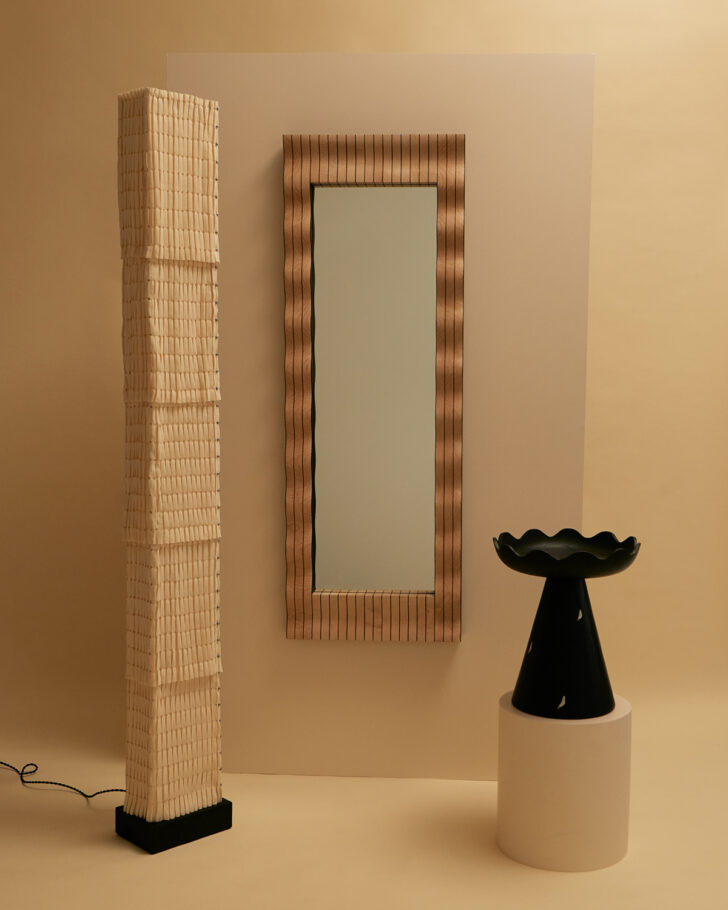

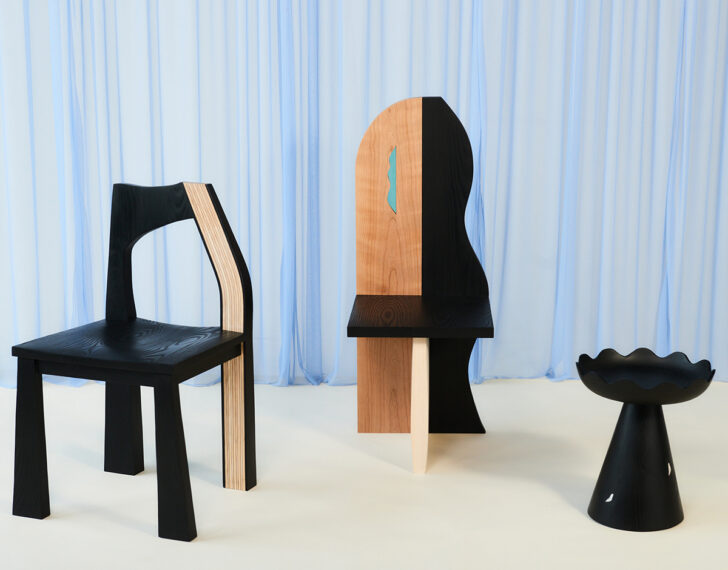
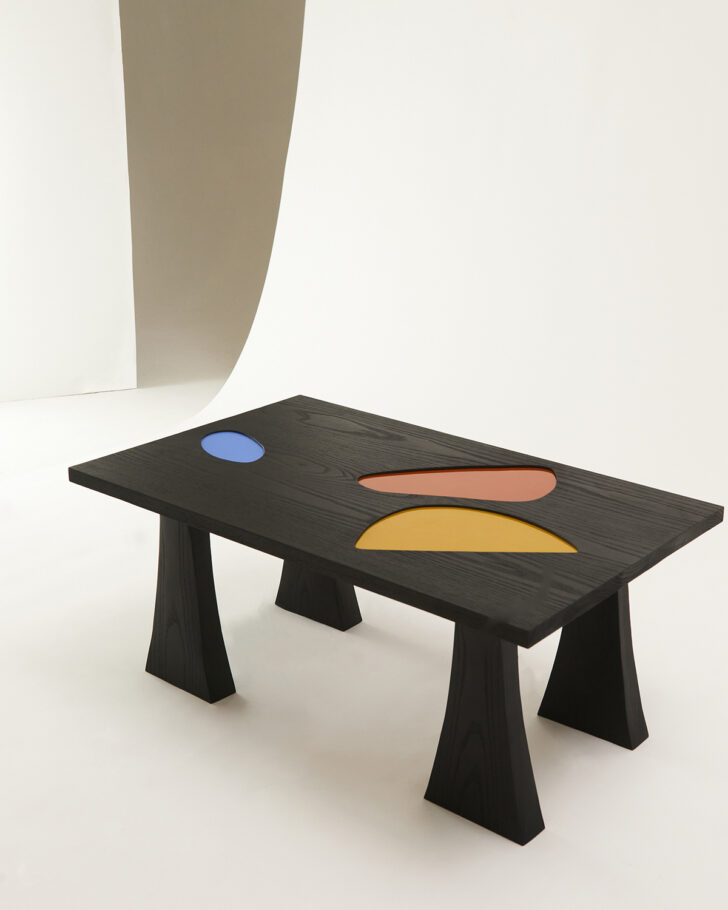
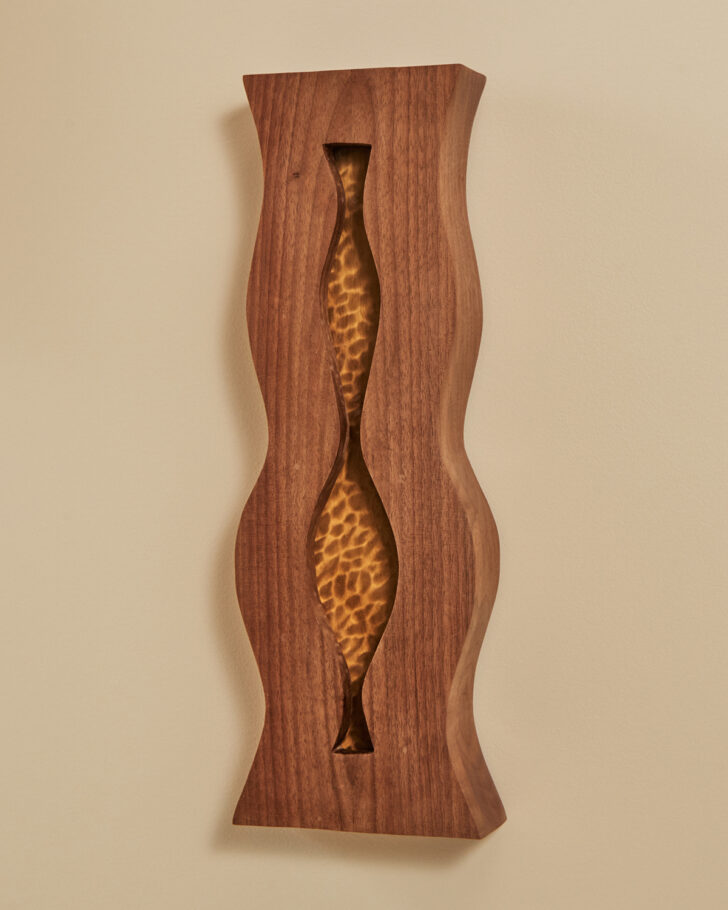 New York, alexis-and-ginger.com
New York, alexis-and-ginger.com
Alexis Tingey and Ginger Gordon’s studio benches happened to be positioned next to each other during their furniture design Master’s program at RISD, and after two years of sharing ideas and inspirations, the pair decided to set up a business together after graduating last year. 2023 saw the prolific pair launch not one but two impressive debut series — one of them part of The Sight Unseen Collection — whose wide-ranging materials and forms take inspiration from the designers’ extensive archive of architectural and cultural imagery.
What is American design to you, and what excites you about it?
American design is reflective — a collage of experiences and histories. Stories emerge from a breadth of voices, and there is nothing succinct about it. There is an unwillingness to be tethered and a yearning for a new morning. American design feels both fast and slow; it is innovative but just waking up, working hard now and hopeful for what’s ahead.
What are your plans and highlights for the upcoming year?
This April will mark our studio’s first full year. In 2024, we’ll launch our third collection. For this next series we’re inviting in a few new materials and processes. We’re looking towards light as a medium and working with materials of transparency, including stained glass and textiles, while continuing to bring in aspects of metalwork and carved wood. These objects are a continuation of storytelling through layered materiality and form.
What inspires or informs your work in general?
There’s a wall in our studio that’s in constant motion — an assemblage of inspirations like photographs, pencil sketches, tacked-up fragments of textiles, and material samples. The images we arrange and the collages we create are a visual poetry, a means of sketching and finding meeting points in our thinking. Our inspirations are often connected by a common thread of tactility and storytelling.
We’re fascinated by the stories an object holds, written through its processes of making and the various hands it passes through. Handcraft traditionally associated with female makers — such as embroidery, quilting, and lacemaking — are a continuous touchstone for our work. This inspiration stems from the women in our lives and early memories of their craft. Our observations of these women creating were some of our first experiences viewing and learning how things were made, designed, and collected. These influences inspire the forms, materiality, and stories we look to write through objects.
There’s an image that hangs on our wall: Untitled (Surrealist Hands), 1939, by Claude Cahun. Layered hands reaching, each slightly higher than the one before, captured in a gelatin silver print. Next to it is pinned Victorian gloves, an image of a sundial and an iron gate, and just slightly further, a snippet of a hand-pleated textile. It’s through collections of fragments and material explorations that our objects are inspired and revealed.
Ben Willett
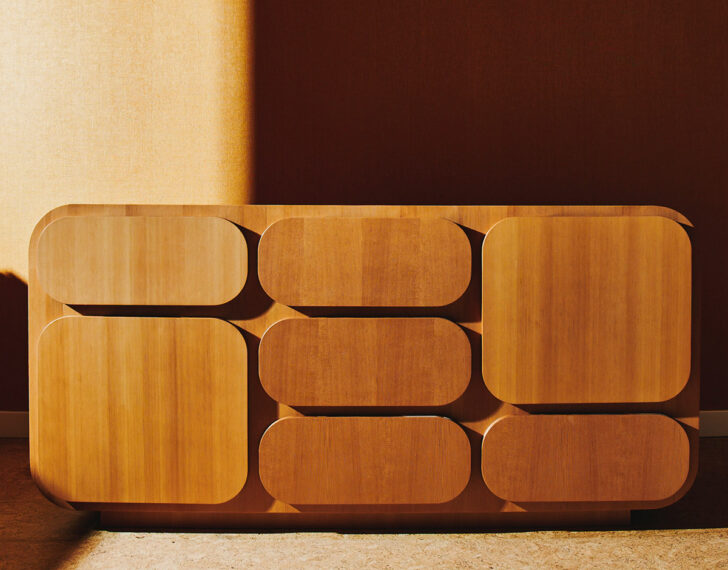
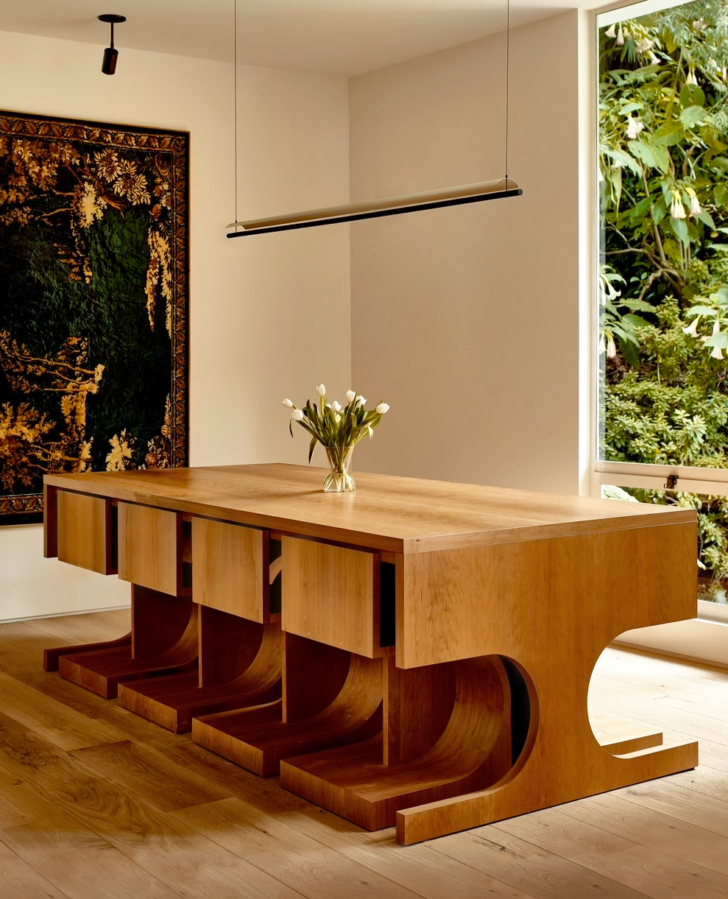
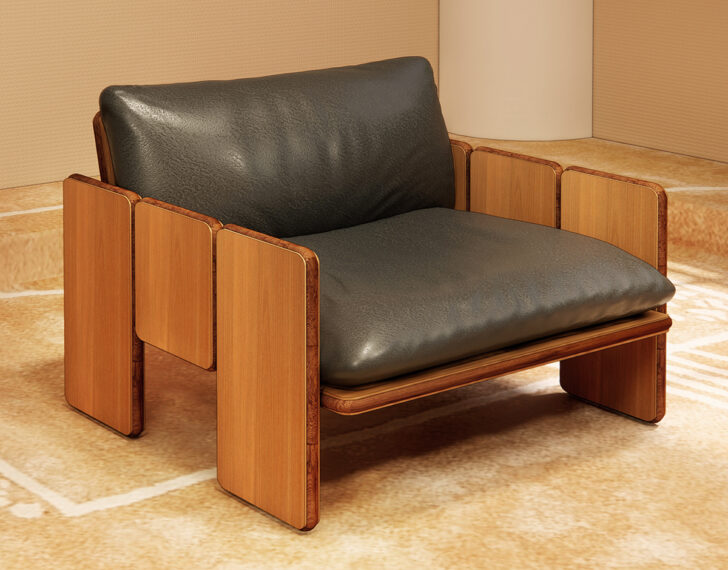
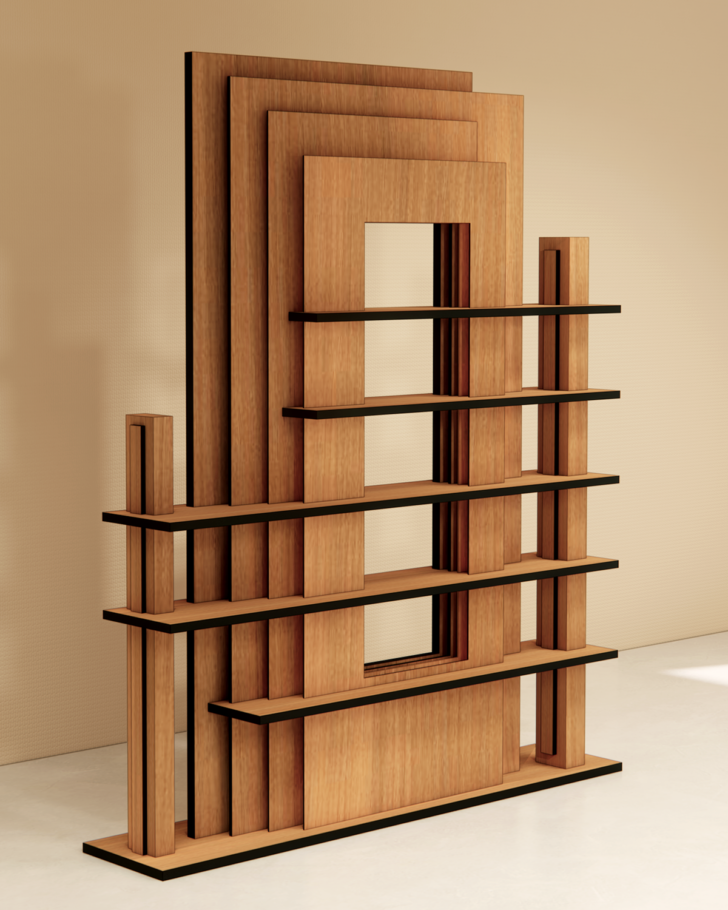
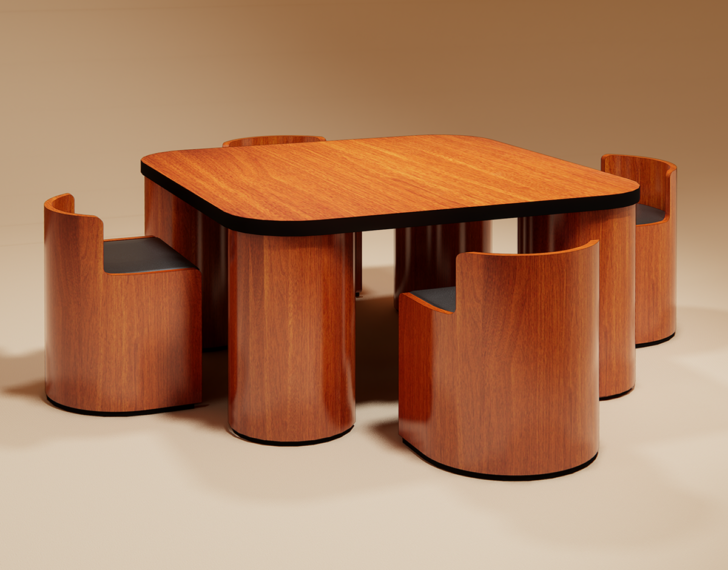 Los Angeles, willettspace.com
Los Angeles, willettspace.com
Early this year, we discovered through Instagram and the Los Angeles grapevine that a former creative director and spatial designer for Nike and The North Face was noodling on his own furniture, after designing a bunch of it for the very stylish house he’d moved into with his wife, the chef and cookbook author Molly Baz. The work — inspired by the playful designs coming out of Europe in the ’60s and ’70s — was so nice we immediately invited Willett into our Collection, and are eagerly awaiting the launch of his first proper line in the coming months.
What is American design to you, and what excites you about it?
To me, American design is made up of the people participating in the industry. People’s varying backgrounds, where they live, and what they surround themselves with all make up the vast landscape of American design.
I think what’s especially exciting about American design is that it’s forever evolving and changing. It’s not stuck in or beholden to a historical past that influences its aesthetic. It can and will evolve and change depending on what the American people are experiencing in their own lives and are gravitating towards culturally at any given moment.
What are your plans and highlights for the upcoming year?
My plans are to launch a furniture company! I’m working hard on finding new ways to bring prices down so that my pieces are more accessible to a wider audience. My shorter-term plan is to show my pieces in public settings a bit more (not just in private settings) so that more people can experience my design principles in real life.
What inspires or informs your work in general?
My work is inspired by warmth, sculpture, and human connection. My goal is to create pieces that fill spaces and to simultaneously create the very spaces they occupy. I want people to be able to connect through their proximity to one another within these spaces, and in doing so, experience the impact of intentional design.
Caroline Chao
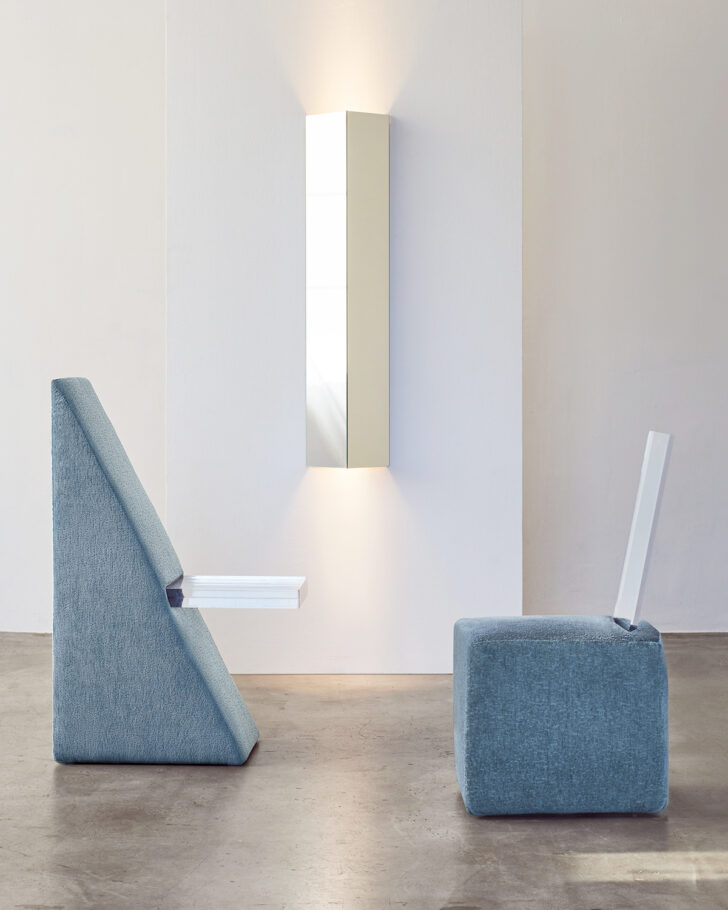
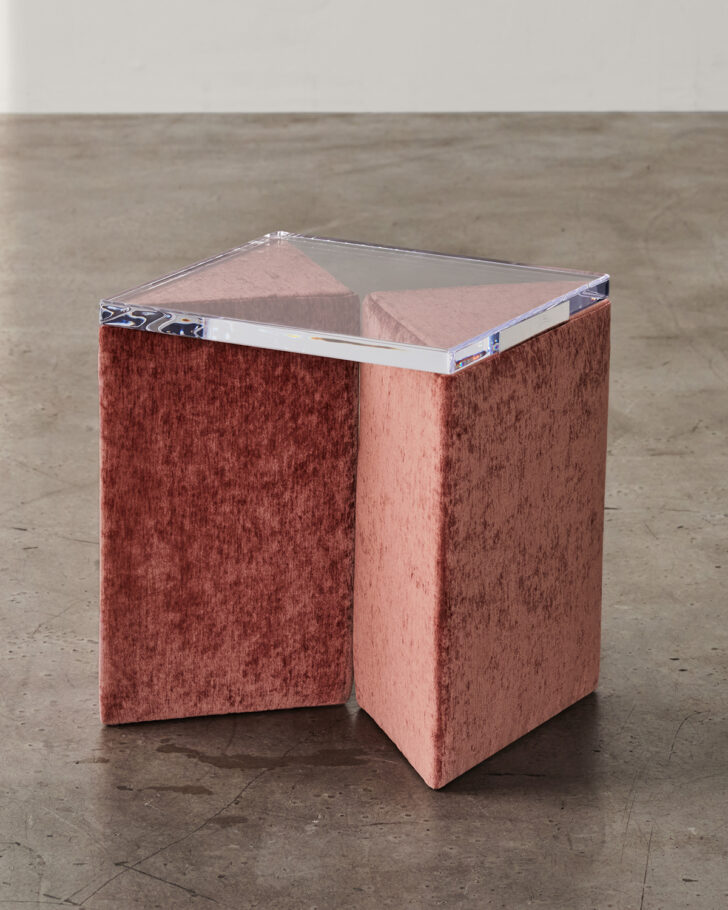
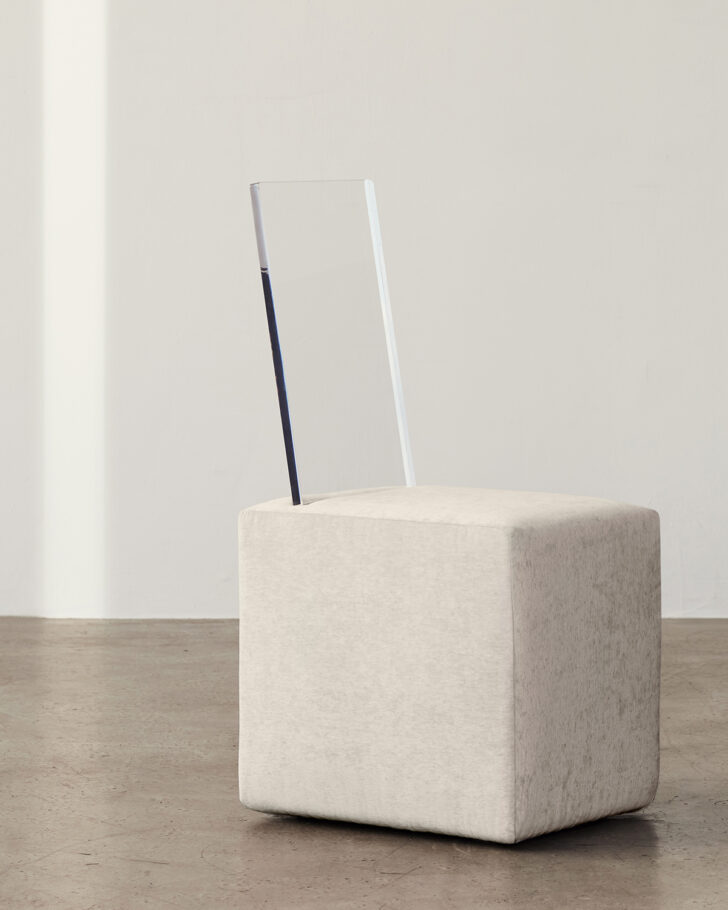
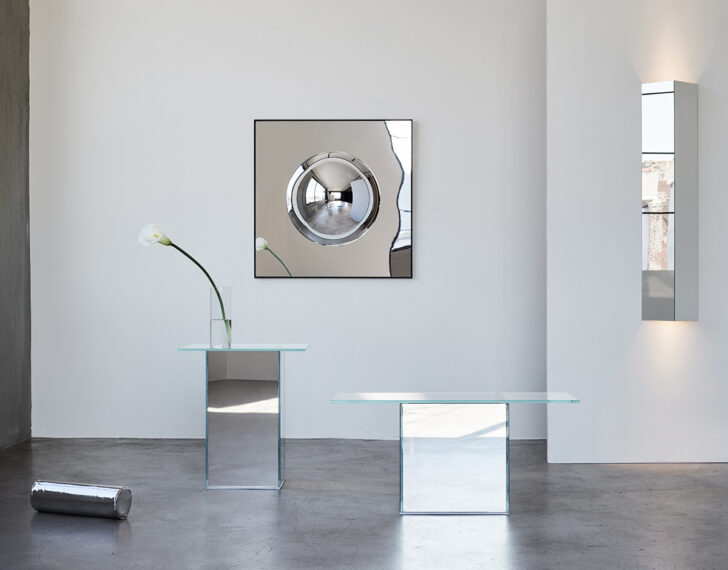
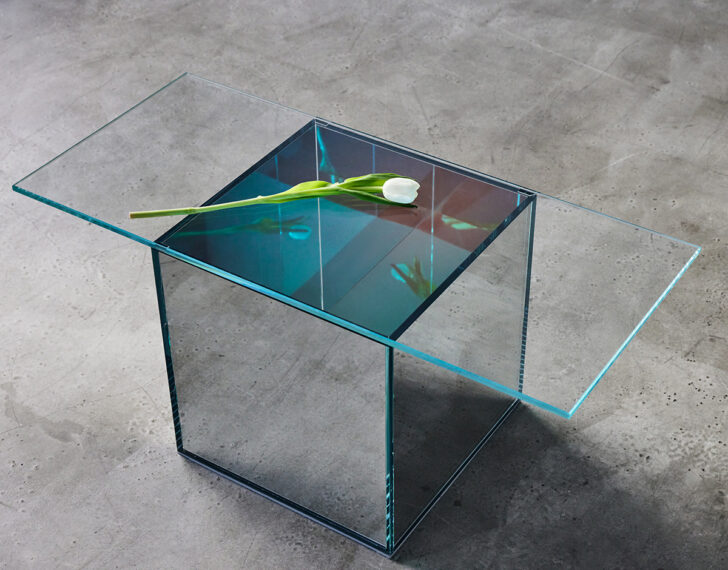 New York, fromc.co
New York, fromc.co
With a Masters in architecture from Harvard in hand, Chao began her working life at large firms that built skyscrapers. But once she moved to New York last year, she scaled down to smaller, more personal level and began a furniture practice, launching with two collections in lucite, glass, mirror, and upholstery that experiment with light and perspective. Her works reflect our favorite qualities: they’re simple and understated, but always with a subtly unique form or approach that makes them covetable at the same time.
What is American design to you, and what excites you about it?
The first word that comes to mind is multitudes. In many ways, American design feels free and unconstrained, and there isn’t necessarily any one dominant theme. There’s a celebration of diversity and novelty, and I see that in my own work too. My identity is caught between realms and cultures. I also operate between the disciplines of furniture, interior space, and architecture. The result feels like a freedom of expression between scales and disciplines, cultures and worlds.
What are your plans and highlights for the upcoming year?
I’ll be launching several new pieces in the spring, furthering my explorations of light and optics first presented in the View Collection (last two photos above). I’m very excited about following this thread and continuing to develop concepts in reflection, light, and spatial awareness through objects. I’m also working on an exciting collaboration for Milan Design Week in 2024, which I hope to share more about soon. Lastly, a couple interior projects I’ve been working on for several years are close to completion, which I’m thrilled about.
What inspires or informs your work in general?
I have many influences, among them psychology and perception, light and optics, and Surrealism. For my most recent launch, the View Collection, the primary interest was light and optical perception. I’ve always been drawn to the effects of light and space on how we perceive our surroundings. This sparked an interest in spatial perception. Architectural ideas of views, light, and space are perhaps less commonly discussed in furniture, but are very present themes in my pieces.
The most powerful element of design is its affect, which sometimes has an immediate impact, but for the best pieces the affect becomes richer and clearer as you live with them. Works like the I-Beam Light, Coffee & Tea Tables, and Orb Mirror are intended to be incredibly receptive to their environments. While we may not notice it, every hour the light quality changes in a room, and the pieces will dynamically react to this through reflections or tonal color shifts.
I think we’re not accustomed to living with objects that are reactive, that change with us daily. As our homes and buildings have progressed with technology and increased thermal comfort, they’ve also become more controlled and protective from the elements. But as a result, interiors can sometimes feel a bit static or closed, which in turn means that we need more time to escape into the sun, nature, and wilderness. Right now I’m quite interested in creating objects and spaces that draw from the natural environment to help us connect more to our senses and bodies.
Charlap Hyman & Herrero
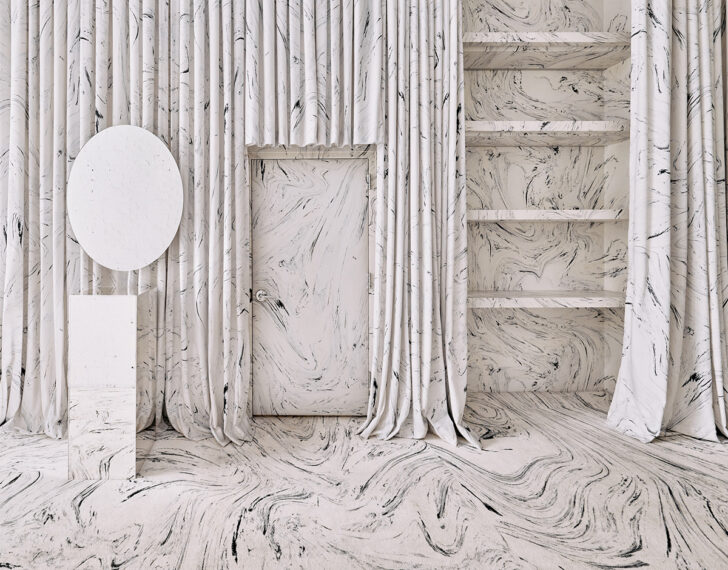
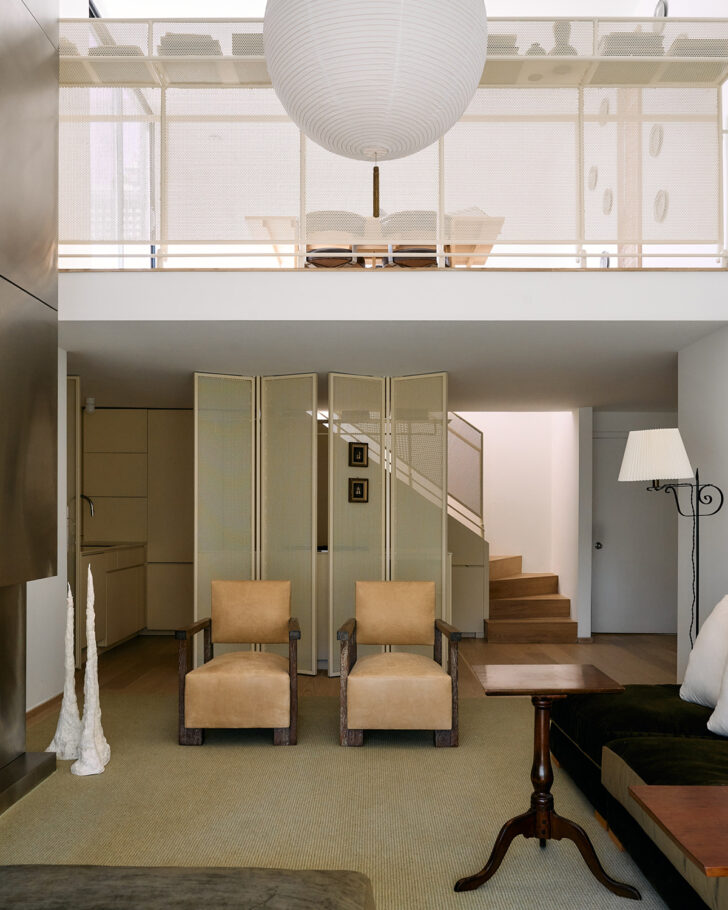
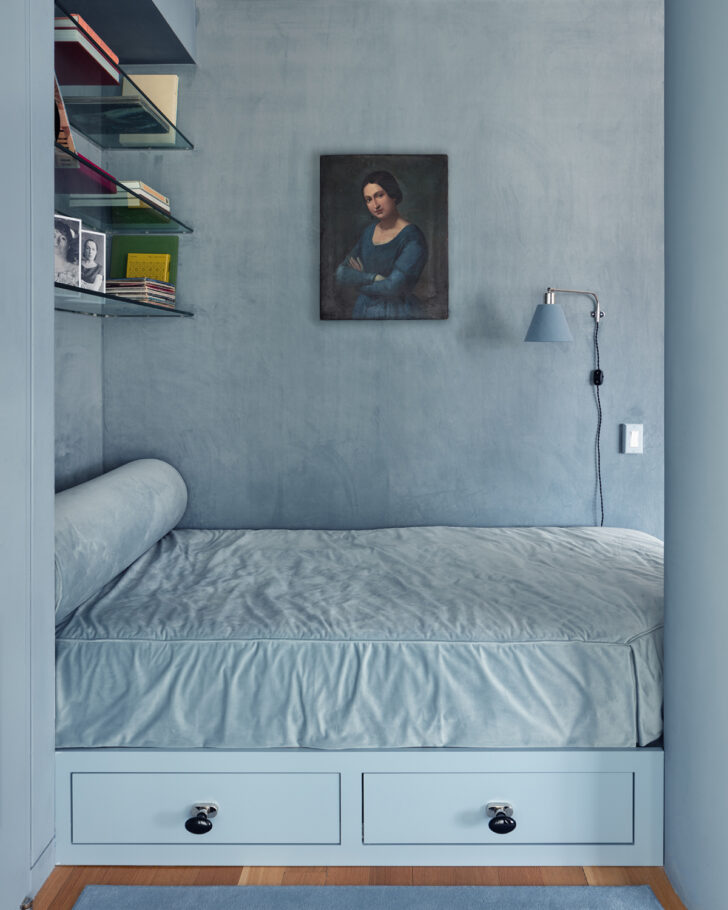
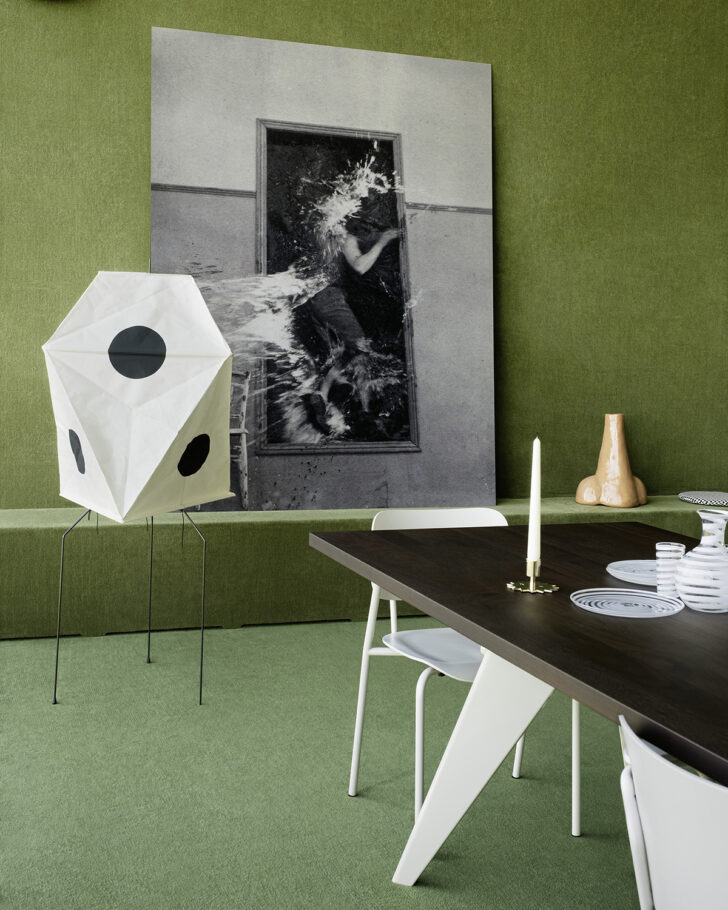
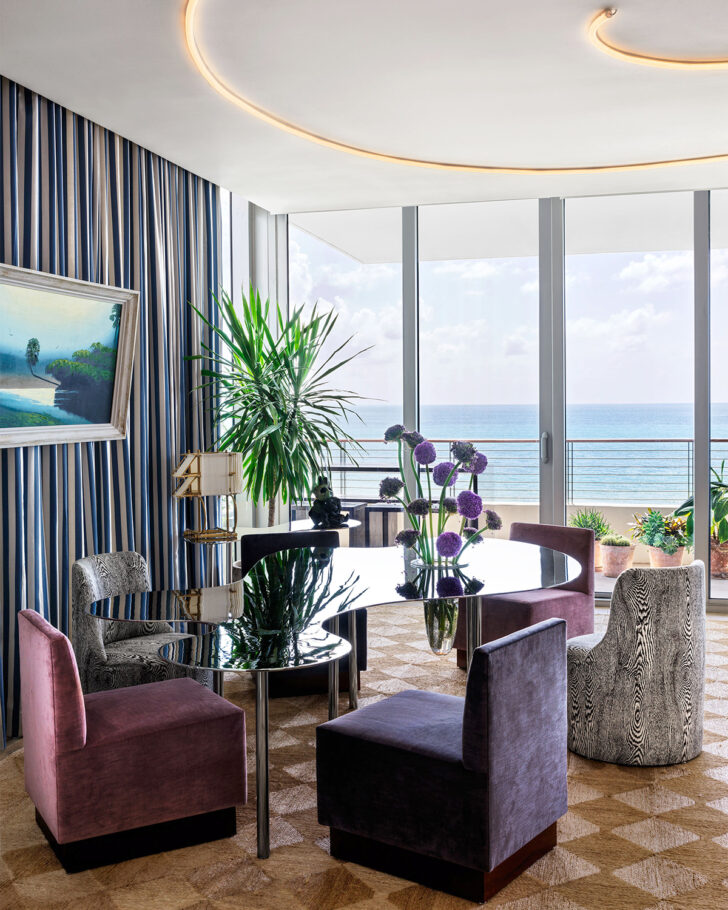 New York and Los Angeles, ch-herrero.com
New York and Los Angeles, ch-herrero.com
After first honoring them in our 2016 Hot List, we’re awarding the bicoastal interiors and architecture firm of Adam Charlap Hyman and Andre Herrero for a second time in order to acknowledge how far they’ve come since then, adding everything from private homes to exhibition designs to tableware to fashion campaigns to their portfolio. They have the lofty tastes of the likes of Giancarlo Valle or Dimorestudio, but mixed with a little bit of weirdness that gives their work its signature edge — nods to Surrealism and the baroque, and a willingness to push everything a little tiny too far, in the absolute best way.
What is American design to you, and what excites you about it?
Something that we appreciate about American design is that it’s never overly slick — we like that there’s sometimes this roughness and rawness, and that you can feel the experimentation and trial and error that went into the creation.
What are your plans and highlights for the upcoming year?
We’re especially excited about the opening of a deli that we’ve renovated on the Upper East Side, the installation of a special project in Miami, and starting construction on a few residences in Joshua Tree. We recently released our first line of dinnerware and glassware, and in the next year we’ll be releasing some more products we’re especially excited about, as well as continuing to curate exhibitions.
What inspires or informs your work in general?
We’ve tended to go through phases of inspiration, and right now, we’re really inspired by the idea of “soft architecture” — the way that a curtain or drape can become architecture, and the idea of softness in architecture in general.
PHOTOS: ALEXIS & GINGER (ISOBEL RAE), CAROLINE CHAO (PIPPA DRUMMOND), CHARLAP HYMAN & HERRERO (TIMOTHY DOYON – BLUE ROOM)
